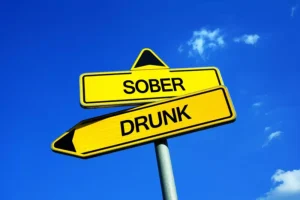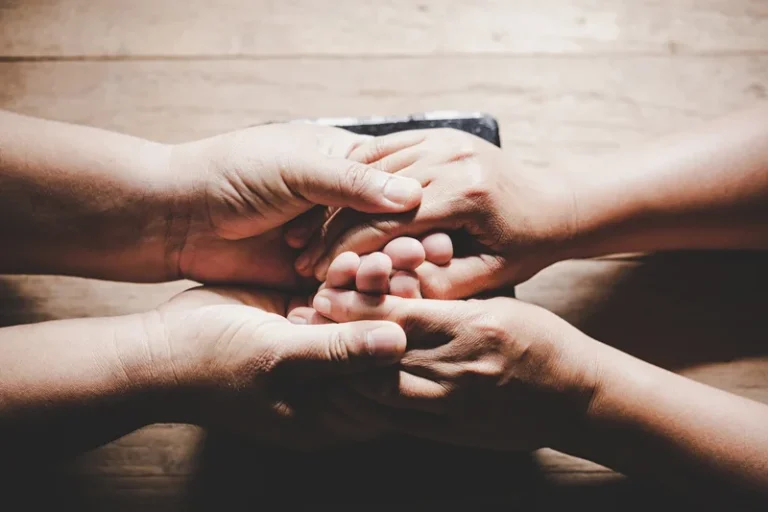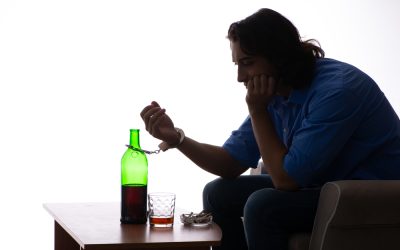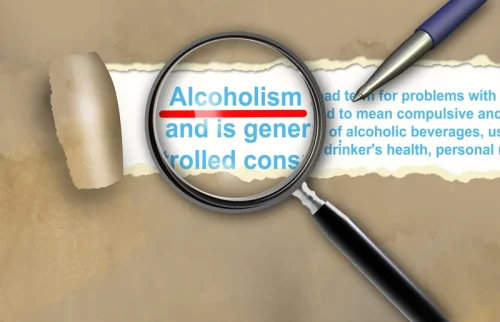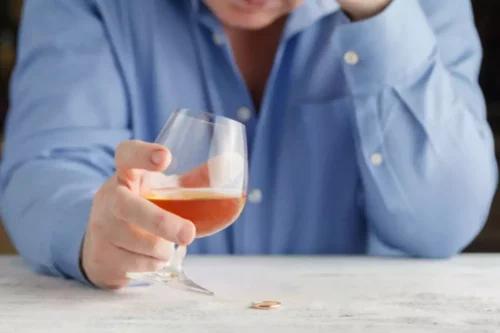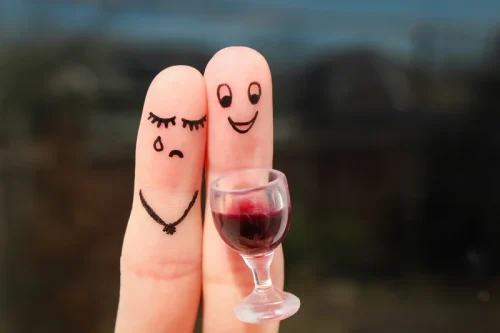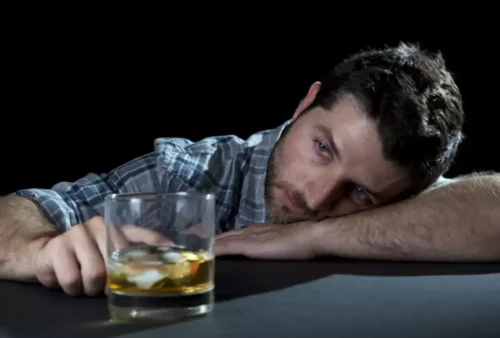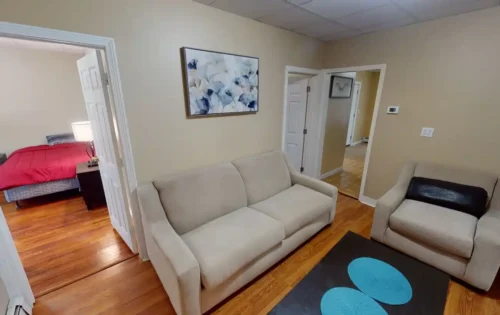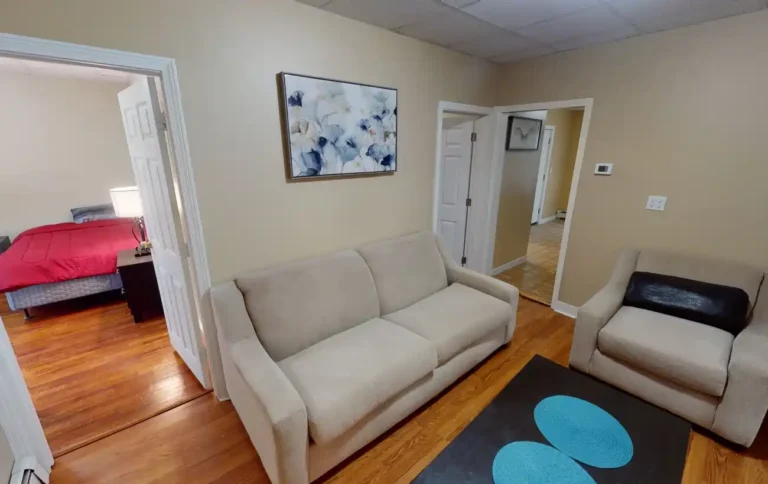
Incorporating specific symbols of transformation from one’s recovery or sober living program can further personalize this type of tattoo. Emblems of sober living communities, for example, can serve as a reminder of the environment and support system that provided the foundation for this new chapter. By intertwining these elements into the design, the tattoo becomes a composite symbol of the individual’s journey and the collective strength found within the recovery community. This integration of sobriety tattoos into one’s recovery program reinforces the ongoing commitment to a sober life and the personal achievements along the way.

Powerful Symbols & Tattoos to Celebrate Recovery

Get inspired by sober living with this meaningful and personal recovery tattoo idea. This wrist tattoo showcases a sun and a crescent moon, each incorporating a star, symbolizing the light and hope that guide one’s path in sobriety. The design reflects the continuous journey of recovery, a popular theme for those seeking sobriety tattoos or recovery tattoo ideas. This sobriety tattoo features the powerful words “Serenity”, “Courage”, and “Wisdom” in flowing script, symbolizing the journey of recovery and the strength it takes to maintain it. It’s a popular choice for those seeking recovery tattoos that remind them of their continuous path to sobriety.
Recovery Tattoo Ideas with Meaning

The journey to sobriety is deeply personal, marked by individual battles, victories, and moments of clarity. Creating a personal symbol of resilience through a tattoo allows those in recovery to encapsulate their unique experiences in a meaningful emblem. This could be a phrase that carried them through tough times, an abstract design that resonates with their inner strength, or a specific image that symbolizes a turning point in their recovery. The creation process itself is empowering, offering an opportunity for self-reflection and personal storytelling. Collaborating with an artist, especially one experienced in selecting a tattoo artist for recovery ink, ensures that the final design truly reflects the individual’s journey and resilience. This personal symbol becomes a permanent badge of honor, a reminder of the strength and perseverance it takes to overcome addiction and embrace sobriety with courage and grace.
Best Sobriety Tattoo Ideas
A sobriety tattoo drawing inspiration from the phrase strength in recovery signifies strength, power, resilience, and valour. It’s an admission of our past, a testament to our will, Drug rehabilitation and a declaration of our ongoing journey towards a life free from the binds of addiction. One day at a time – the phrase is simple yet full of deep significance, particularly to those of us on the path to sobriety.
Additionally, many people choose to use their own handwriting or the handwriting of a loved one to add a personal touch to their design. Other popular ideas include the Serenity Prayer and quotes from recovery literature. Ultimately, sobriety tattoos are as individualized as each person’s journey of recovery, and should reflect whatever is most meaningful for them. This sobriety tattoo features a unique design mixing the symbol of infinity and a lotus flower, representing everlasting growth and purity in the journey of recovery. It’s a symbol for those seeking a constant reminder of their commitment to sobriety.
This geometric merging of circles and triangles can represent two different things. This symbol is used particularly frequently as a small, discreet, AA recovery tattoo for those in Alcoholics Anonymous or a related 12 step program. Birds are, in many cultures, often seen as symbols of freedom, change, and movement; all of which are relevant themes for those overcoming addiction. In addition, they send a message of hope to sobriety addiction tattoos others in the recovery community. These symbols often serve as a way for individuals to support others in their struggle against addiction and show them that they do not have to walk the path to recovery alone.
- As a nod to the transformative journey of sobriety, a watercolour tattoo brings forward the notion of change, fluidity, and the unpredictable nature of life, much like water.
- And hey, while the traditional black ink has its charm, don’t be afraid to add a dash of color to make it truly your own.
- It serves as a beautiful, subtle representation of the inner metamorphosis an addict experiences through his recovery.
- It documents the exact moment of decision—the moment an individual decided to fight their addiction and embark on a journey towards recovery.
- This conversation is more than a simple consultation; it’s an opportunity to connect with the person who will be marking a pivotal moment of your life on your skin.
This saying is reckoned as a matter of survival, an inspiration to stick to the course even when the going gets tough. It’s a daily affirmation of strength, resilience, and also a pledge to keep moving, no matter how rugged the road to recovery might appear. Sobriety tattoos serve not only as a celebration of transforming past troubles into personal strength, but also as a reminder to remain committed to healthier choices and habits. Although an increasing number of workplaces now accept tattoos, and the stigma towards sobriety tattoos has lessened, it’s crucial to carefully consider any potential implications. For many, these tattoos also symbolize the acquisition of wisdom, compassion, and a deeper understanding of oneself and others.

